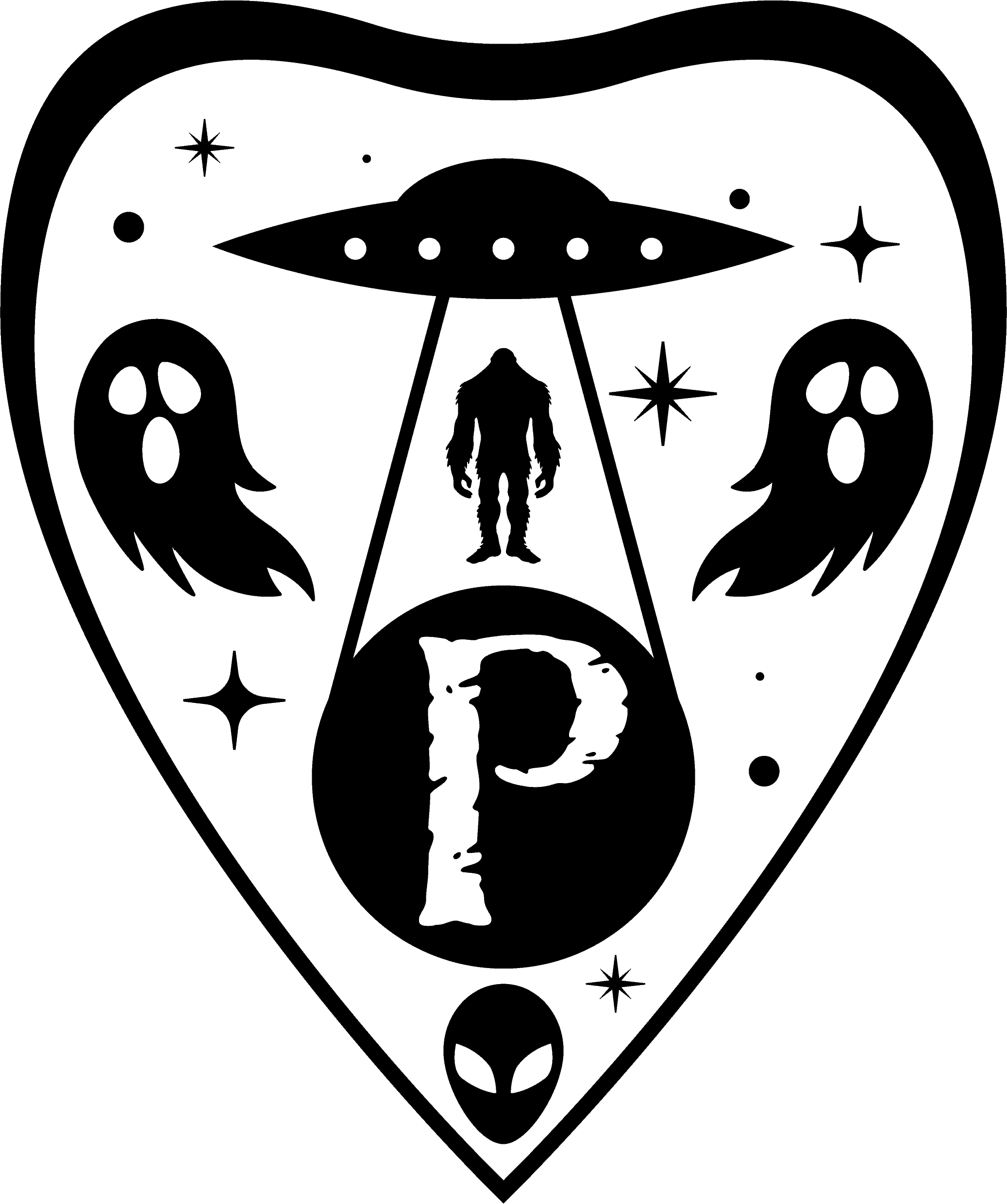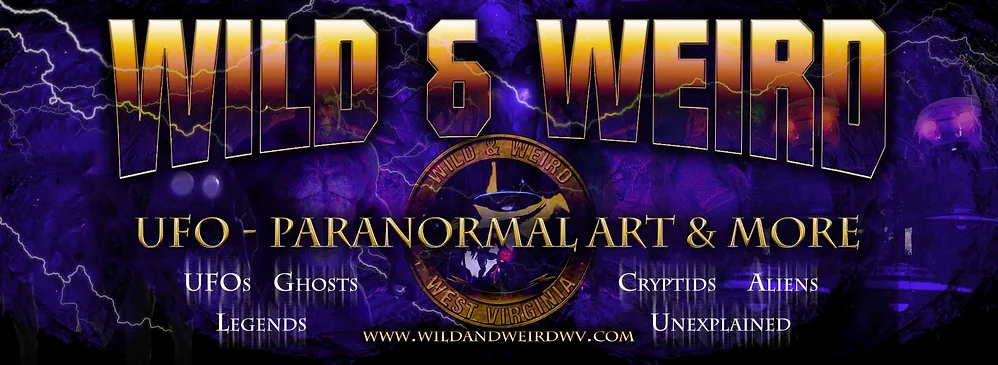Fairy tales have been enchanting audiences for centuries, whisking us away to far-off lands filled with magical creatures, heroic adventures, and timeless morals. From the Brothers Grimm to Hans Christian Andersen, these stories have captivated generations with their charm and wonder. However, behind the glittering surface of these beloved tales lies a dark and haunting origin that often goes unnoticed. In this blog, we will dive deep into the sinister undercurrents of classic fairy tales, unearthing the unsettling truths that lurk beneath their whimsical facades.
The Grim Beginnings of Grimm’s Fairy Tales
Let’s start our journey with the Brothers Grimm, renowned for their collection of fairy tales that include classics like “Snow White,” “Cinderella,” and “Hansel and Gretel.” These stories, though delightful to modern readers, have their origins in much grimmer folk traditions. The Grimms drew heavily from German folklore, where tales were often brutal, filled with violence, and meant to convey harsh life lessons.
For instance, “Cinderella” in its original form had no fairy godmother but instead featured a mutilation scene in which Cinderella’s stepsisters cut off parts of their feet to fit into the glass slipper. The violence and cruelty in the early versions of these tales reflect the harsh realities of the times in which they were born.
The Dark Art of Seduction: Hans Christian Andersen’s “The Little Mermaid”
Hans Christian Andersen is another celebrated author of fairy tales, but one of his most beloved stories, “The Little Mermaid,” conceals a profoundly dark undercurrent. In the original tale, the little mermaid gives up her voice and endures agonizing pain to gain legs and a chance at love with a prince. When her love remains unrequited, she faces a tragic fate, dissolving into seafoam and becoming a mere whisper in the wind.
This poignant story speaks to themes of self-sacrifice, unrequited love, and the painful transformation one undergoes for the pursuit of an unattainable ideal. Andersen’s “The Little Mermaid” is a haunting exploration of the price one might pay for love and the longing that can consume a person’s soul.
The Sinister Nature of Beauty in “Snow White”
“Snow White,” one of the most cherished fairy tales of all time, conceals a deeply unsettling message about beauty and jealousy. The wicked queen’s obsession with her own appearance and the desire to be “the fairest of them all” leads her to attempt the murder of her stepdaughter, Snow White. The use of a poisoned apple and the act of putting Snow White in a death-like slumber is a gruesome twist on the traditional princess tale.
This tale raises questions about the societal pressure placed on women to conform to certain beauty standards and the dangerous consequences of jealousy and envy. It reminds us that beauty, when coveted to an extreme, can turn deadly.
The Haunting Reality of “Hansel and Gretel”
“Hansel and Gretel” is another grim tale from the Brothers Grimm that takes us deep into the forest, where a wicked witch lures children with the promise of sweets before attempting to cook and eat them. This story has been interpreted as a cautionary tale against gluttony and the dangers of venturing into the unknown.
However, it also delves into themes of abandonment, survival, and the harshness of life in a world where parents must make difficult choices to ensure their own survival. The dark forest symbolizes the uncertainty and peril that often lurk at the edges of our familiar world.
Red Riding Hood: A Warning About Strangers
“Little Red Riding Hood” is a cautionary tale about the dangers of talking to strangers. In the story, the wolf tricks Little Red Riding Hood by disguising himself as her grandmother, ultimately devouring her. The message is clear: trust should not be placed blindly in those we do not know well.
While the message is an essential one for children, the story also serves as a reminder of the dangers that exist in the world and the importance of vigilance and discernment when interacting with unfamiliar individuals.
The Dark Power of Transformation in “Beauty and the Beast”
“Beauty and the Beast,” a story of love and transformation, has enchanted audiences with its message of inner beauty triumphing over outward appearance. However, beneath the enchantment lies a more profound exploration of the beastly nature within us all.
The curse that transforms the prince into a beast is a metaphor for the hidden darkness and potential for cruelty that resides within even the most outwardly beautiful people. It reminds us that true love requires accepting and taming the beast within ourselves and others.
Conclusion: The Dark Side of Fairy Tales
Fairy tales are like mirrors, reflecting the fears, hopes, and moral dilemmas of the societies that birthed them. They serve as cautionary tales, morality plays, and vehicles for exploring the human condition in all its complexity. While these stories may seem whimsical on the surface, their haunting origins reveal a deeper, more profound truth about the darkness that can reside in the human heart.
As we continue to revisit these classic tales, it’s essential to remember that fairy tales are not just stories for children. They are timeless narratives that challenge us to confront our own fears, desires, and the unsettling truths that lie hidden beneath the surface of our seemingly ordinary world. So, the next time you open a fairy tale book, take a moment to appreciate the dark and haunting origins of these classic stories, and you may find a deeper connection to their enduring magic.

